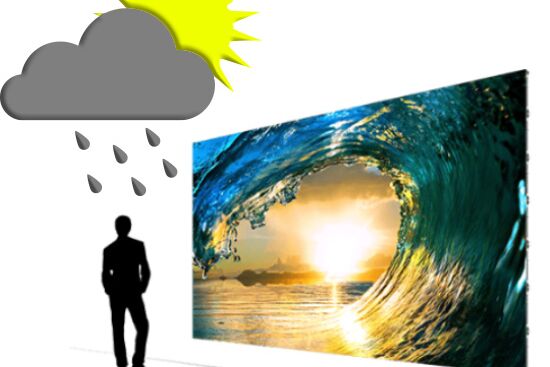Understanding the Typical Reasons of Light Emitting Panel Panel Breakdown
Wiki Article

Light Emitting Diode wall screens are commonly used in various environments, ranging from ads to home cinemas. These panels are popular because they deliver vivid and vibrant visuals while being power-saving. However, similar to all digital gadgets, LED wall panels can encounter malfunctions. Understanding the common reasons of these malfunctions is important for maintaining their functionality and ensuring longevity. This piece examines several key factors that can contribute to the failure of LED panel panels.
One of the primary frequent causes of failure in LED wall screens is excessive heat. LED technology generates heat during use, and if this heat is not adequately managed, it can harm internal components. Poor airflow or insufficient cooling systems can exacerbate the problem. When the heat increases beyond the recommended levels, it can lead to reduced brightness, color deviation, or total failure of the panel. Regular maintenance, including dusting air openings and maintaining adequate airflow, can help prevent overheating and extend the life of the panel.
Another major cause leading to LED panel screen failure is power surges. Fluctuations in the power supply can result in damage to electronic components within the panel. Sudden spikes in voltage can lead to blown fuses or damaged circuits, resulting in malfunctioning displays. Using surge protectors and voltage regulators can mitigate this risk by stabilizing the electricity supply and safeguarding sensitive digital parts. Making sure that the power infrastructure is up to standard and capable of handling the power requirements of the panel is also essential.
Environmental factors play a vital role in the functionality of LED panel screens. Exposure to extreme temperatures, moisture, or debris can adversely impact their functioning. For example, high moisture can result to moisture buildup inside the panel, which can cause short circuits or corrosion of internal parts. Similarly, too much dust build-up can obstruct ventilation and result to overheating. Installing LED panels in controlled settings and regularly cleaning them can help preserve optimal performance and avoid failures.
Additionally, production flaws can lead to early failures in LED wall screens. Quality assurance during manufacturing is essential to ensure that each panel meets market standards. Faulty components or poor construction can lead in problems such as inactive pixels or irregular brightness. It is important for buyers to purchase LED wall screens from trusted brands that provide guarantees and support. This ensures that any potential defects can be resolved quickly, reducing downtime and frustration.
find here In conclusion, understanding the frequent reasons of LED wall screen malfunction can help users take proactive measures to ensure their longevity and functionality. By tackling overheating, protecting against power surges, taking into account external factors, and choosing quality items, consumers can significantly reduce the risk of malfunction. Regular care and awareness of these factors like this will result to a superior experience with LED wall panels, whether for individual or business use.